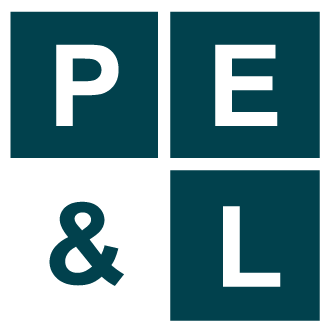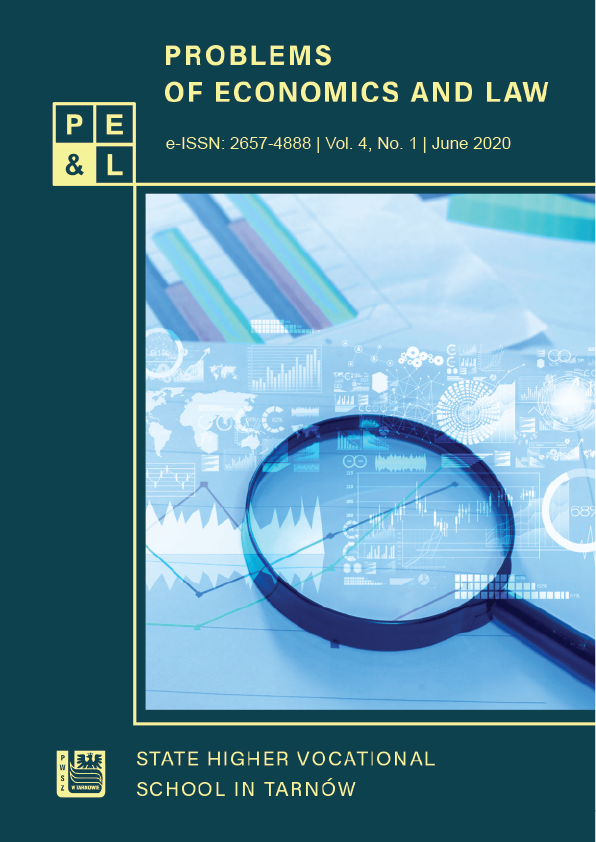Wykluczenie cyfrowe a wykluczenie społeczne, czyli o sile determinacji stopnia uczestnictwa w społeczeństwie przez dostęp do technologii informacyjnych
DOI:
https://doi.org/10.5604/01.3001.0014.3051Słowa kluczowe:
wykluczenie społeczne, wykluczenie cyfrowe, zmienna syntetyczna, ranking, współczynnik korelacji rangAbstrakt
Cel: Celem artykułu jest ocena stopnia zróżnicowania wykluczenia cyfrowego w zbiorze województw, a w dalszej kolejności konstrukcja rankingu. Następnie zjawisko wykluczenia cyfrowego jest poddane analizie w kontekście wykluczenia społecznego, prowadzącej do ustalenia stopnia ich współzależności.
Materiał i metody: Dane liczbowe wykorzystane w artykule zaczerpnięto z Banku Danych Lokalnych Głównego Urzędu Statystycznego. Procedurę badawczą oparto o liniowe metody klasyfikacji obiektów oraz wybrane miary korelacji.
Wyniki: Zastosowanie statystycznych narzędzi klasyfikacji obiektów pozwoliło wyróżnić grupy województw o wysokim, średnim i niskim stopniu dostępności ICT (technologii informacyjnych i komunikacyjnych). Wyniki porównano z analogicznymi wynikami w zakresie zróżnicowania stopnia wykluczenia społecznego. W obydwu przypadkach skonstruowano rankingi, a następnie obliczono współczynnik korelacji rang. Otrzymana wartość potwierdziła wcześniejsze obserwacje wskazujące na interakcje obydwu zjawisk, niemniej jednak charakter tej zależności nie jest jednoznaczny.
Wnioski: Badania przeprowadzone w artykule pokazują, że zjawisko wykluczenia cyfrowego jest zróżnicowane w przestrzeni województw. Są obszary dotknięte wykluczeniem cyfrowym, wymagające bliższej analizy, a w konsekwencji interwencji. Równocześnie z otrzymane wyniki potwierdzają istotną rolę, jaką w społecznej inkluzji odgrywa dostęp do ICT, choć istnieje szereg pytań dotyczących natury tego związku, ciągle pozostających bez odpowiedzi.
Statystyka pobrań
Bibliografia
Bogocz D., (2013). The Poor, the Deprived, The Excluded – how to Measure Peoples’ Misfortunes. Prace Naukowe Uniwersytetu Ekonomicznego we Wrocławiu, nr 308. Google Scholar
Bogocz D., (2018). Problem wykluczenia społecznego w świetle rozmytych metod taksonomicznych. Tarnowskie Colloquia Naukowe. Czasopismo Państwowej Wyższej Szkoły Zawodowej w Tarnowie nr 5 (1/2018). Google Scholar
Elliott, Marianne,(2018) Out of the Maze – Building Digitally Inclusive Communities, The Workshop Wellington, Nowa Zelandia. Google Scholar
Kukuła K., Bogocz D., (2014). Metoda unitaryzacji zerowanej i jej zastosowanie w badaniach rankingowych dla rolnictwa. Studia Ekonomiczne i Regionalne, Biała Podlaska. Google Scholar
https://bdl.stat.gov.pl/BDL/. Google Scholar
http://sjp.pwn.pl/. Google Scholar
http://www.gov.pl/web/cyfryzacja. Google Scholar
https://pilsudski.org/pl/. Google Scholar
Saunders P., Yuvisthi Naidoo, Griffiths M., (2008) Towards New Indicatiors of Disadvantage: Deprivation and Social Exclusion in Australia, AJSI, Vol. 43, Issue 2. Google Scholar
Schejter A., Ben Harush, O.R. and Tirosh N, (2015). Re-theorizing the „digital divide”. Identifuing Dimensions of Social Exclusion in Contemporary Media Technologies, . FACE Conference: European Media Policy 2015. Google Scholar
www.gus.pl. Google Scholar
Pobrania
Opublikowane
Jak cytować
Numer
Dział
Licencja
Prawa autorskie (c) 2020 Państwowa Wyższa Szkoła Zawodowa w Tarnowie & Autor

Utwór dostępny jest na licencji Creative Commons Uznanie autorstwa – Na tych samych warunkach 4.0 Miedzynarodowe.





